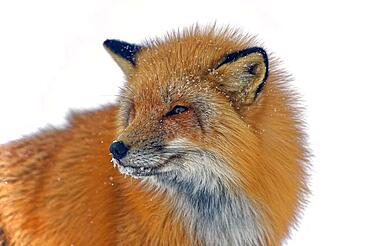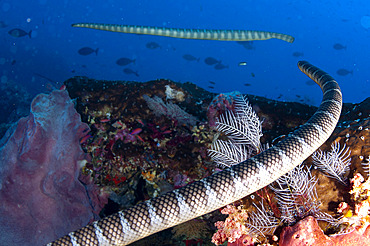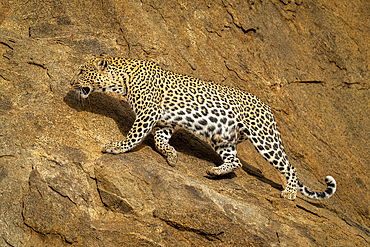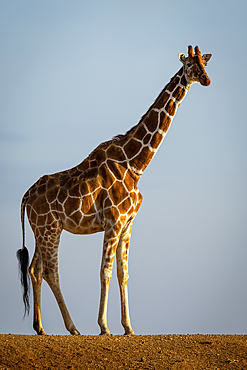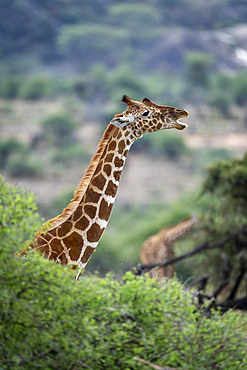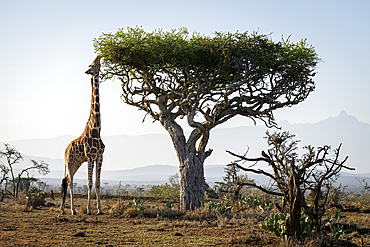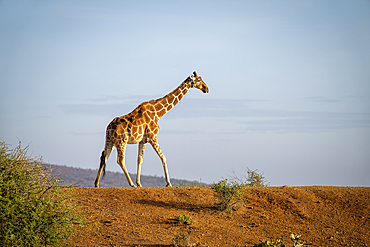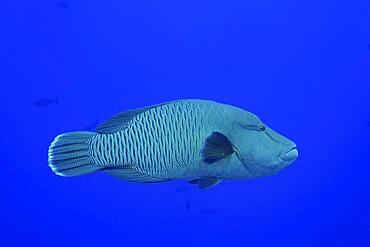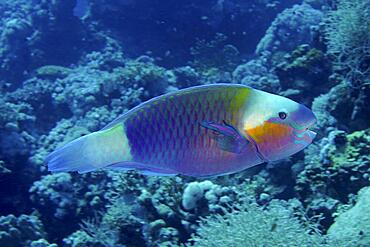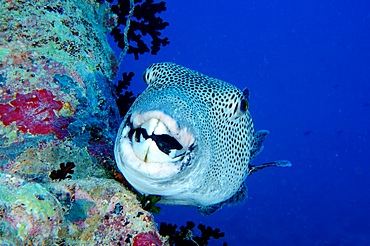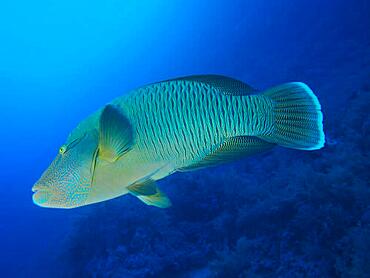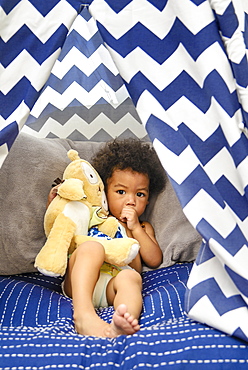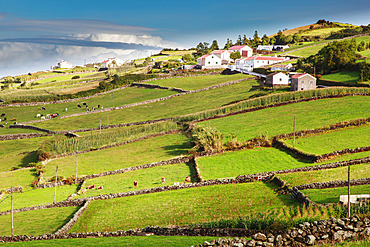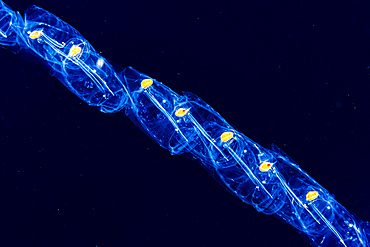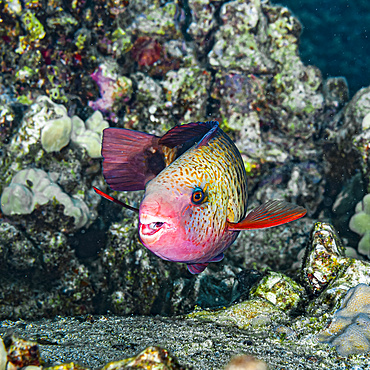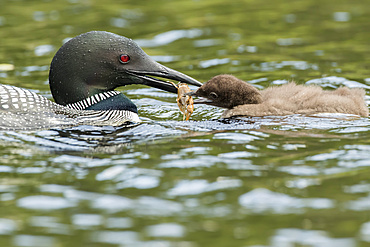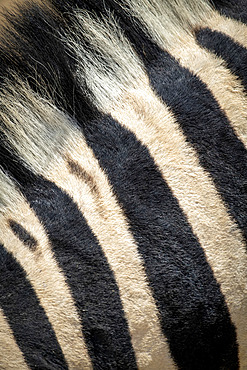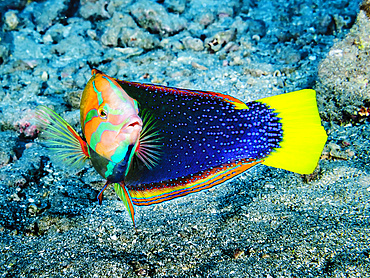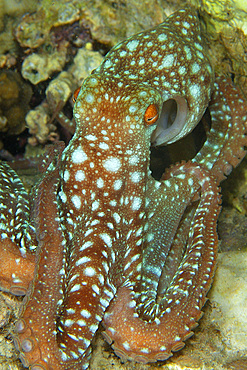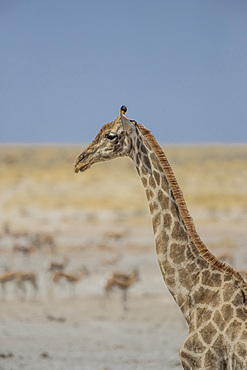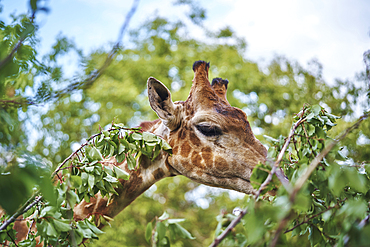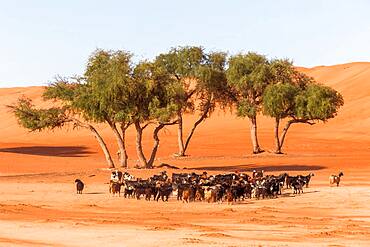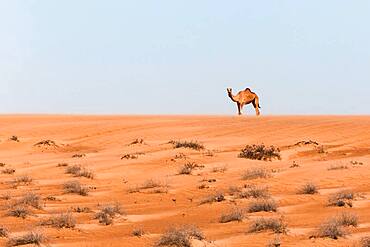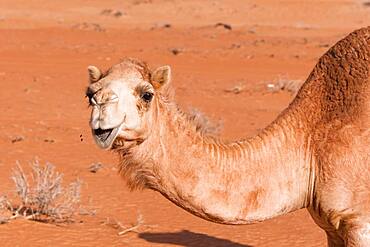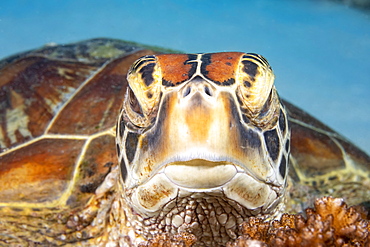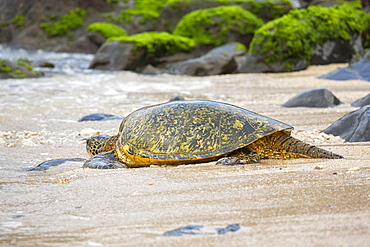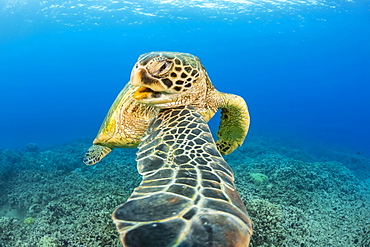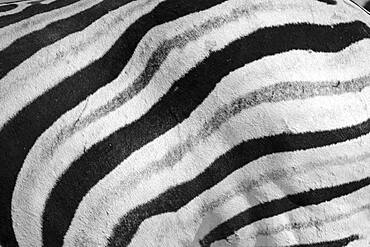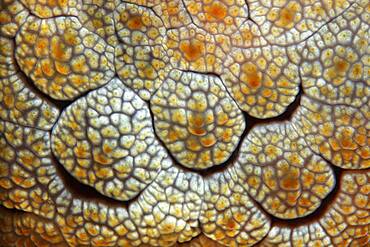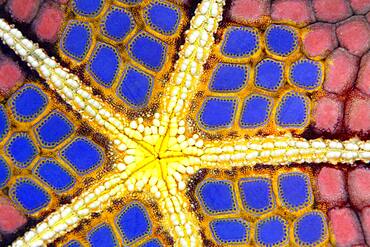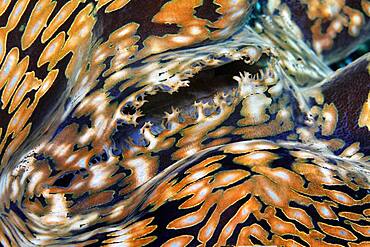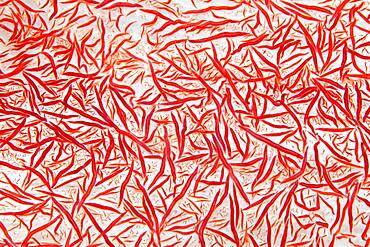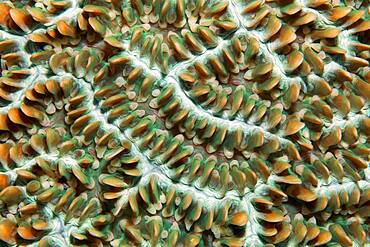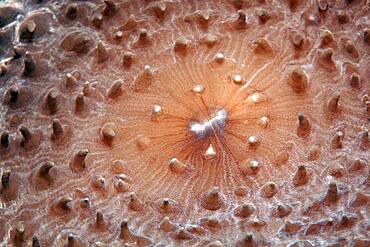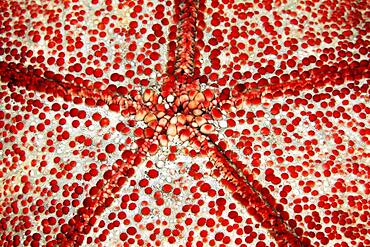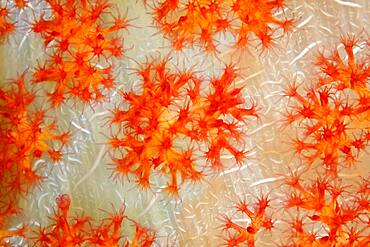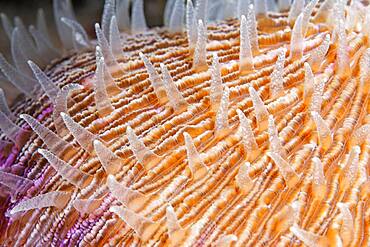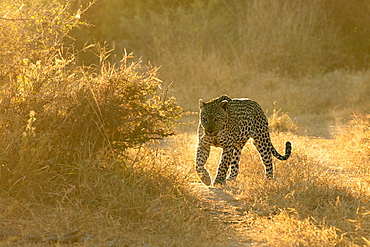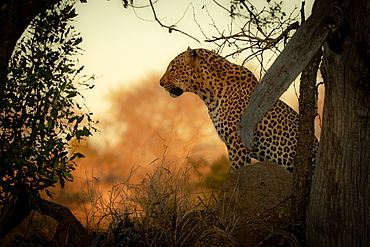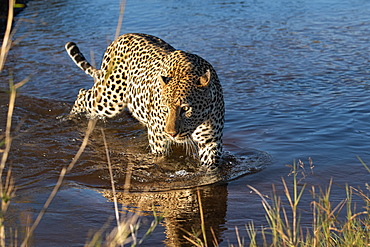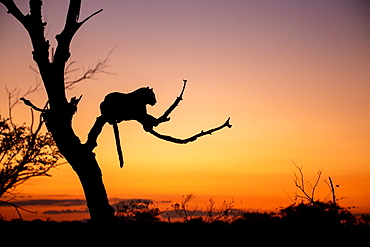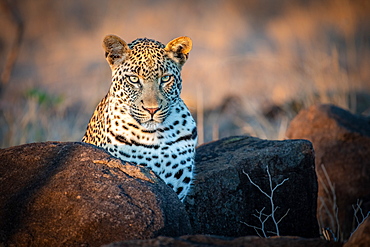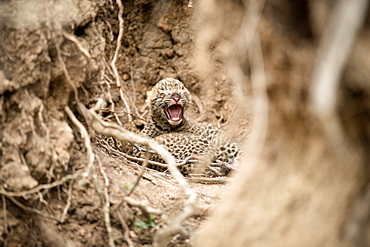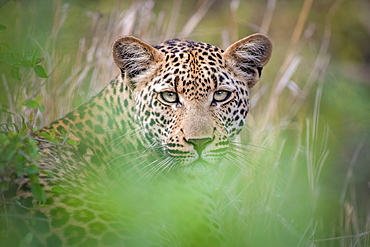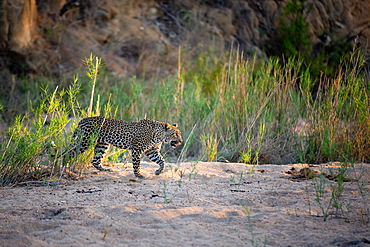Recent searches
Loading...
743-736 - Burchell's (plains) zebra (Equus burchelli), Etosha National Park, Namibia, Africa
743-735 - Burchell's (plains) zebra (Equus burchelli), at waterhole, Etosha National Park, Namibia, Africa
743-490 - Leopard (Panthera pardus), Kruger National Park, South Africa, Africa
832-404482 - Red fox (Vulpes vulpes) in thick winter fur, in snowy landscape, snow crystals on face, Northwest Territories, Canada, North America
832-404483 - Red fox (Vulpes vulpes) in thick winter fur, snow crystals on the face, close-up, Northwest Territories, Canada, North America
860-291932 - Pair of Chinese Sea Snakes (Laticauda semifasciata) swimming, Snake Ridge dive site, Gunung Api, Banda Sea, Indonesia
1116-52879 - Leopard (Panthera pardus) walking across sloping rockface in sunshine, Laikipia, Kenya
1116-52801 - Reticulated giraffe (Giraffa camelopardalis reticulata) stands on dam turning head towards the camera, Segera, Laikipia, Kenya
1116-52802 - Reticulated giraffe (Giraffa camelopardalis reticulata) stands on dam watching camera, Segera, Laikipia, Kenya
1116-52800 - Reticulated giraffe (Giraffa camelopardalis reticulata) stands behind bush opening mouth, Segera, Laikipia, Kenya
1116-52780 - Reticulated giraffe (Giraffa reticulata) stands on the savannah browsing an acacia tree near Mount Kenya, Laikipia, Kenya
1116-52779 - Reticulated giraffe (Giraffa reticulata) crossing an earth dam on the horizon against a blue sky, Laikipia, Kenya
809-8825 - Christian woman spending personal time in and praying outdoors in a park, France, Europe
832-401741 - Young blue merle tan French Bulldog dog
860-291514 - African leopard (Panthera pardus) close-up haircoat, Zelda guest farm, Gobabis, Omaheke, Namibia
832-401042 - Humphead wrasse (Cheilinus undulatus), Small Brother dive site, Brother Islands, Egypt, Red Sea, Africa
832-401040 - Bullethead parrotfish (Chlorurus sordidus), Marsa Shona reef dive site, Egypt, Red Sea, Africa
832-399649 - Blue merle tan French Bulldog dog sitting on wooden palette
832-399962 - Portrait of star puffer (Arothron stellatus), Dive Site Wreck of the Thistlegorm, Sinai, Egypt, Red Sea, Africa
832-399423 - Humphead wrasse (Cheilinus undulatus), Daedalus reef dive site, Egypt, Red Sea, Africa
832-398547 - Side view of merle tan French Bulldog dog with long nose wearing pink dog harness
832-398578 - Zebra black and white stripes pattern displays in a vertical texture, fur, and hair in a closeup image. The close-up is from the shoulder in B&W. Hwange National Park, Zimbabwe, Africa
1350-6678 - Strawberry Poison Frog (Dendrobates pumilio), adult, Bastimentos National Park, Bocas del Toro, Panama. The strawberry poison frog or strawberry poison-dart frog (Oophaga pumilio or Dendrobates pumilio) is a species of small amphibian poison dart frog found in Central America. It is common throughout its range, which extends from eastern central Nicaragua through Costa Rica and northwestern Panama. The species is often found in humid lowlands and premontane forest, but large populations are also found in disturbed areas such as plantations. The strawberry poison frog is perhaps most famous for its widespread variation in coloration, comprising approximately 15���30 color morphs, most of which are presumed to be true-breeding. O. pumilio, while not the most poisonous of the dendrobatids, is the most toxic member of its genus. The species is most diverse in Panama with varieties in vivid shades of all red, orange, blue, yellow or green, green and yellow, white with red, orange or black and spotted varieties. The most colorful mix is found in Isla Bastimentos Marine National Park though not all in one place. Colors vary by location. A beach on the north side of the island is named after the species. Two of Southern Explorations' Panama tours visit red frog habitat. Both the eight-day Panama Adventure trip and eleven-day Panama Highlights trip spend time in Isla Bastimentos Marine National Park and the former also goes to Red Frog Beach.
The red frog is not as poisonous as some of its cousins and is not a threat to humans. It subsists on a diet of ants that dine on poisonous plants, providing the red frog its protective skin toxin. Males attract females with a loud quick chirp. To hear the distinctive sound before you depart on your Panama tours, go to the University of Michigan Museum's biodiversity website (www.animaldiversity.ummz.umich.edu.) After birth, the tadpoles climb aboard the mother who deposits them in different protected areas where she retu
832-398138 - Cute blue pied French Bulldog dog puppy in bucket between marshmallow sweets on pink background
832-398116 - Fire salamander (Salamandra salamandra), Hesse, Germany, Europe
860-291120 - Plains zebra, or common zebra, prev. Burchell's zebra (Equus quagga prev. Equus burchellii) drinking. Eastern Cape. South Africa
860-291121 - Plains zebra, or common zebra, prev. Burchell's zebra. (Equus quagga prev. Equus burchellii) mare and foal. Eastern Cape. South Africa
1178-43523 - Mixed Race baby boy sucking thumb holding stuffed animal
1116-52101 - Aerial view of farm buildings and grassy farmland separated by stone walls along the coastal mountainside; Terceira, Azores
1116-51219 - A pair of salps (Salpa sp.) with hyperiid amphipod (Hyperiidea) hitchhikers that were photographed under water during a blackwater dive off the Kona Coast, the Big Island; Island of Hawaii, Hawaii, United States of America
1116-51208 - Portrait of a male Yellowtail Coris (Coris gaimard) taken while scuba diving the Kona coast; Big Island of Hawaii, Hawaii, United States of America
1116-51218 - A tentaculate ctenophore, also known as comb jelly or sea gooseberry (Pleurobrachia sp.), opens its mouth to ingest zooplankton prey during a blackwater dive off the Kona coast, the Big island; Island of Hawaii, Hawaii, United States of America
1116-51884 - Close-up of a blue goatfish (Parupeneus cyclostomus) showing the two barbels tucked under the chin, used to probe and detect prey; Maui, Hawaii, United States of America
1116-51222 - A Red-Spot Comb Jelly (Eurhamphaea vexilligera) passes by during a blackwater dive off the Kona coast, the Big Island; Island of Hawaii, Hawaii, United States of America
1116-51220 - A chain of salps (Salpa sp.) that was photographed under water during a blackwater dive off the Kona coast, the Big Island; Island of Hawaii, Hawaii, United States of America
1116-51207 - Underwater portrait of a pair of Eyestripe Surgeonfish (Acanthurus dussumieri) off the Kona coast, the Big Island, Hawaii. The nearest individual is a male; Island of Hawaii, Hawaii, United States of America
1116-51206 - This female Bullethead Parrotfish (Chlorurus spilurus) turned to reveal its fused teeth which are used to scrape algae from coral heads. It was photographed while scuba diving the Kona coast, the Big Island, Hawaii; Island of Hawaii, Hawaii, United States of America
1116-52049 - Common loon (Gavia immer) feeding a young loon with a crawfish in La Mauricie National Park; Quebec, Canada
1116-51948 - Extreme close-up of the striped fur and mane of a plains zebra (Equus quagga - formerly Equus burchellii) in the Etosha National Park; Otavi, Oshikoto, Namibia
1116-51221 - Lysmata late stage zoea larva that was photographed under water during a blackwater dive off the Kona coast, the Big Island; Island of Hawaii, Hawaii, United States of America
1116-51209 - This Yellowtail Coris (Coris gaimard) male turned towards me while scuba diving at Maui; Molokini Crater, Maui, Hawaii, United States of America
1116-51084 - Leatherwork and closer details of a saddle and chaps to the left side; Eastend, Saskatchewan, Canada
1350-2534 - Starry night octopus, Octopus luteus, foraging on coral reef at night, Malapascua, Cebu, Philippines, Visayan Sea.
1350-3397 - Giraffe (Giraffa camelopardalis) with impalas in the background, Etosha National Park, Namibia
832-392381 - Camel in the desert, Wahiba Sands, Sultanate Of Oman
832-392382 - Flock of goats in the desert, Wahiba Sands, Sultanate Of Oman
832-392375 - Camel in the desert, Wahiba Sands, Sultanate Of Oman
832-392379 - Camel in the desert, Wahiba Sands, Sultanate Of Oman
1350-1235 - Facade of Zaouia Sidi Ahmed Tijani, medina, Fez.Morocco
1116-49665 - A close look into the eyes of a Green sea turtle (Chelonia mydas), an endangered species, Philippines
1116-49661 - A Green sea turtle (Chelonia mydas), an endangered species, makes it’s way from the beach back into the Pacific Ocean, Maui, Hawaii, United States of America
1116-49662 - This Green sea turtle (Chelonia mydas), an endangered species, is rubbing it's chin on it's shoulder, Hawaii, United States of America
832-390665 - Zebra (Equus burchelli) stripes pattern black and white, Etosha National Park, Namibia, Africa
832-390666 - Zebra (Equus burchelli) stripes pattern black and white, Etosha National Park, Namibia, Africa
832-389681 - Star puffer (Arothron stellatus) and cleaner wrasse (Labroides dimidiatus), open mouth, Indo-Pacific Ocean
1315-363 - Trail riders in Merritt, British Columbia, Canada, North America
1315-364 - A man grooms a horse at a stable before a trail ride in Merritt, British Columbia, Canada, North America
832-389408 - Detail of Forsskal's Pleurobranch (Pleurobranchus forskalii), Backshielded Snail, Nudibranch, Detail, Pacific, Great Barrier Reef, UNESCO World Heritage, Australia, Oceania
832-389413 - Graphic structure on underside of Red Pillow Starfish (Halithyle regularis), detail, Pacific, Great Barrier Reef, UNESCO World Heritage, Australia, Oceania
832-389404 - Soft coral, leather coral (Lobophytum) with semi-enclosed polyps, detail, Pacific, Great Barrier Reef, UNESCO World Heritage, Australia, Oceania
832-389410 - Syphon of giant clam (Tridacna gigas), Clam meat, detail, pacifica, Great Barrier Reef, UNESCO World Heritage, Australia, Oceania
832-389414 - Limestone skeleton of the Klunzinger soft coral (Dendronephthya klunzingeri), Pacific, Great Barrier Reef, UNESCO World Heritage, Australia, Oceania
832-389416 - Open coral polyps on Mopsella sea fan (Mopsella) Pacific, Great Barrier Reef, UNESCO World Natural Heritage, Australia, Oceania
832-389417 - Detail of Eye patch sea cucumber (Bohadschia argus), Pacific, Great Barrier Reef, Australia, Oceania
832-389415 - Colony of coral polyps in brain corallae (Physogyra lichtensteini), Pacific, Great Barrier Reef, UNESCO World Heritage Site, Australia, Oceania
832-389419 - Slice anemone, Giant Cup Mushroom (Amplexidiscus fenestrafer), detail with mouth, Pacific, Great Barrier Reef, UNESCO World Heritage, Australia, Oceania
832-389411 - Underside with mouth of spiny cushion star (Culcita novaeguineae), Detail, Starfish, Pacific, Great Barrier Reef, Australia, Oceania
832-389418 - Open coral polyps on the trunk of a soft coral (Dendronephthya), coral, Pacific, Great Barrier Reef, UNESCO World Heritage, Australia, Oceania
832-389409 - Polyps of a mushroom coral (Fungiidae) Pacific, Great Barrier Reef, UNESCO World Heritage, Australia, Oceania
832-389406 - Detail of dorsal fin, parrot fish (Scarus), Pacific, Great Barrier Reef, UNESCO World Heritage, Australia, Oceania
832-389420 - Detail of toxic Crown-of-thorns starfish (Acanthaster planci), spines, crown of thorns, Pacific, Great Barrier Reef, UNESCO World Heritage, Australia, Oceania
1174-9042 - A leopard, Panthera pardus, walks in short grass in golden light, backlit, Sabi Sands, Greater Kruger National Park, South Africa
1174-9035 - A female leopard, Panthera pardus, stands in the fork of a tree and gazes up, Sabi Sands, Greater Kruger National Park, South Africa
1174-9041 - A male leopard, Panthera pardus, sits down, side profile against orange backdrop, Sabi Sands, Greater Kruger National Park, South Africa
1174-9033 - A leopard, Panthera pardus, glances down before jumping out of a tree, Sabi Sands, Greater Kruger National Park, South Africa
1174-9032 - High angle view of leopard, Panthera pardus, walks through water, looking out of frame, Sabi Sands, Greater Kruger National Park, South Africa
1174-9043 - A female leopard, Panthera pardus, lies in sand, direct gaze, ears forward, Sabi Sands, Greater Kruger National Park, South Africa
832-388648 - Orange Fire salamander (Salamandra salamandra), Rare colour variation, Solms, Hesse, Germany, Europe
832-388651 - Orange Fire salamander (Salamandra salamandra), Rare colour variation, Solms, Hesse, Germany, Europe
832-388650 - Orange Fire salamander (Salamandra salamandra), Rare colour variation, Solms, Hesse, Germany, Europe
1174-8884 - Close up of Leopard's head Panthera pardus at dusk, Sabi Sands, South Africa
1174-8890 - Leopard Panthera pardus walking through open plain in yellow grass, Sabi Sands, South Africa
1174-8887 - A pack of Wild Dog puppies Lycaonᅠpictus on a termite mound ears forward looking at camera, Sabi Sands, South Africa
1174-8886 - A Bateleur Terathopius ecaudatus perches on a branch against blue sky, Sabi Sands, South Africa
1174-8895 - A male elephant Loxodonta africana walking towards the camera, Sabi Sands, South Africa
1174-8889 - Sillhouette of a leopard Panthera pardus lying in a dead tree at sunset, Sabi Sands, South Africa
1174-8804 - A leopard's front paws, Panthera pardus, on the bark of a tree, Sabi Sands, Greater Kruger National Park, South Africa
1174-8802 - A leopard, Panthera pardus, ears forward, Sabi Sands, Greater Kruger National Park, South Africa
1174-8781 - Newly born leopard cubs, Panthera pardus, lie together between roots and mud walls, one cub opens it mouth with closed eyes, Sabi Sands, Greater Kruger National Park, South Africa
1174-8792 - A leopard, Panthera pardus, lies in the grass, direct gaze, ears up, greenery in foreground, Sabi Sands, Greater Kruger National Park, South Africa
1174-8809 - A python snake, Python sebae, rasies its head at night, lit up by spotlight, tongue extended out, Sabi Sands, Greater Kruger National Park, South Africa
1174-8803 - A leopard, Panthera pardus, lying down resting its head on a branch, ears back, Sabi Sands, Greater Kruger National Park, South Africa
1174-8782 - A leopard, Panthera pardus, walks through a sand bank, front leg raised, looking out of frame, sunlight, Sabi Sands, Greater Kruger National Park, South Africa
832-387738 - Caravan, nomads ride on Bactrian camels (Camelus bactrianus) through the Gobi desert, reflection in water, Oemnoe-Gobi-Aimag, Mongolia, Asia
832-384454 - Bullethead parrotfish (Chlorurus sordidus) swims in the open sea, Red Sea, Egypt, Africa
832-384387 - Adult Humphead Wrasse (Cheilinus undulatus) swims over Coral Tower, Red Sea, Egypt, Africa




